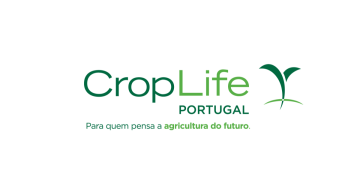Wild bees and other pollinator species are essential to the preservation of biodiversity, natural ecosystems, and many industries, including agriculture, textiles (e.g. cotton and linen) and pharmaceuticals (e.g. herbal medicines). By improving the monitoring of these species, the JRC aims to help reverse pollinator decline by 2030.
The impact of pollinator loss
The Assessment report on biodiversity and ecosystem services by IPBES (the Intergovernmental Science-Policy Platform on Biodiversity and Ecosystem Services) has raised the alarm on the dramatic loss of wild pollinators across the globe. The report showed that, under a scenario of total loss of pollinators, between 5–8% of current global agricultural production by volume would be lost, and the continued functioning of natural ecosystems would be at risk.
According to the same report, pollinators contribute to the pollination of around 78% of wild flowering plants, ensuring healthy ecosystem functioning and the maintenance of wider biodiversity. Moreover, according to an analysis of the impact of pollinators on world agriculture, pollinators provide a wide range of benefits to society, including a €15 billion per year contribution to the market value of European crops.
What can be done? A European Pollinator Monitoring Scheme
Faced with a global decline in pollinators, the JRC has developed a methodology to help EU Member States monitor pollinators in a standardised, robust and reproducible way. No comprehensive studies currently exist on pollinator decline in Europe and there are major knowledge gaps on pollinator distribution and its variation over time.
Having a robust and harmonised monitoring system is the first step towards assessing the situation – and taking action to reverse the negative trend, as the recently approved Nature Restoration Regulation sets out to do.
Through the STING project (Science and Technology for Pollinating Insects), the JRC mobilised a group of nearly 30 top pollinator experts to develop the methodology, presented in the Refined Proposal for an EU pollinator monitoring scheme of October 2024. The experts from across Europe and beyond, are recognised leaders, not only on pollination ecology, but also on agri-environment issues, ecological economy, citizen science initiatives, and emerging technologies like visual recognition and artificial intelligence applied to entomology.
This methodology will lay the foundation for the ‘EU Pollinator Monitoring Scheme’ (EU PoMS), in line with the revised EU Pollinators Initiative, aimed at improving knowledge of pollinator decline.
How the EU monitoring scheme works
The EU PoMS will be the first scheme of this scope and scale to help address pollinators’ decline. It consists of two main components: a core scheme and complementary modules.
The core scheme will look at species that are essential to monitor (i.e. wild bees, butterflies, hoverflies, moths, as well as rare and threatened species of pollinators) and, through different methods and recorders, measure their abundance, diversity and occupancy.
The complementary modules will focus on methods that need further assessment, but that could provide important measures on other aspects such as wider flying insect diversity.
Way forward
Over the next two years, the JRC will continue refining the methodology and expanding the scope of the scheme under the next phase of the project, STING+. The project will provide technical and scientific guidance for the Commission and the Member States’ authorities to prepare and deploy national pollinator monitoring schemes.
O artigo foi publicado originalmente em JRC.























































